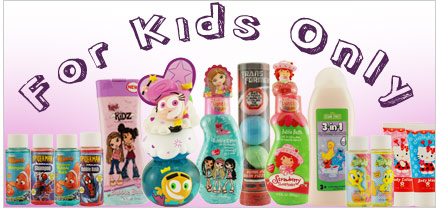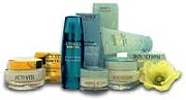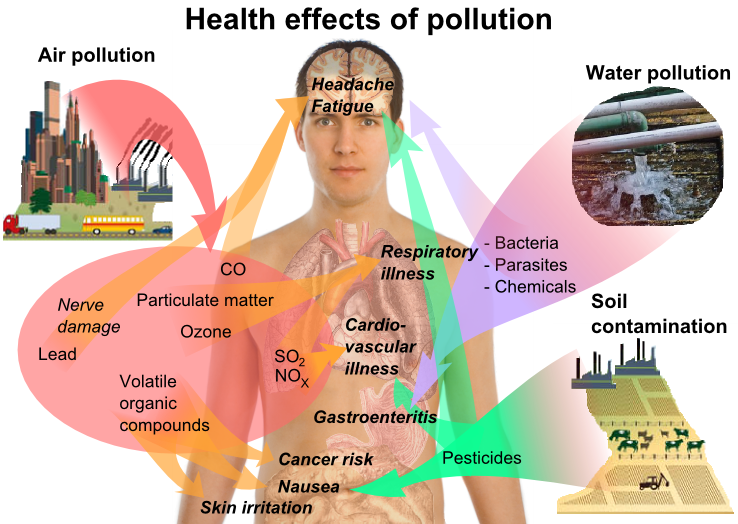|
| Acid or Alkaline | Aspartame (1) | Aspartame on the Ropes | Butter or Margarine | Cancer Info | Cancer Preventitive Foods | Chemical Exposure | Did You Know | Drink Water on Empty Stomach | Fragrances | Fragrances and their Hazzards | Gut as 2nd Brain (1) | Gut as 2nd Brain (2) | Honey Board | Microwave Cooking | MSG | Rich Man Poor Man's Cancer Cure | Ritalin | Water or Coke | White Flour | Change Your Water, Change Your Life |
|
|
Ninety-five percent of all perfumes made today are made from synthetic chemicals, usually derived from petroleum or coal tar. Nearly one-third of the chemical additives used in perfumes and other scented products and are known to be toxic. And just because the others may not be known to |
be toxic, doesn’t mean they are safe.
The Health Risks of The Twenty Most Common Chemicals Found in 31 Fragrances Tested In A 1991 EPA Study: http://en.wikipedia.org/wiki/File:Symptoms_of_acidosis.png#Pathologies · ACETONE (cologne, dishwashing liquid and detergent, nail enamel remover) On EPA, RCRA, CERCLA Hazardous Waste lists. "Inhalation can cause dryness of the mouth and throat; dizziness, nausea, lack of coordination, slurred speech, drowsiness, and, in severe exposures, coma." "Acts primarily as a central nervous system (CNS) depressant." [ACETONE (Immediately Dangerous To Life or Health Concentrations (IDLHs)]
Causes CNS disorder. · a‑PINENE (bar and liquid soap, cologne, perfume, shaving cream, deodorants, dishwashing liquid, air freshener) ‑‑Sensitizer (damaging to the immune system). Back to Top
The only safe assumption about scented products is that they contain numerous volatile toxic compounds (VOCs) which constantly vaporize into the air and attach themselves to the skin, hair, or clothing of anyone in the area, not just to those who deliberately apply them. They stay in the air and mix together with other fragrances making a kind of toxic soup, not unlike offices that are filled with different people wearing different fragrances. They naturally attach themselves to whatever is around -- even you! So when a person wearing fragrance walks through an area, their fragrance is left behind attaching itself to whatever is around and continues to volatilize into the air. Have you ever personally experienced allergic symptoms such as itchy or watery eyes, coughing or sneezing spells after smelling or applying a fragrance, washing dishes or doing your laundry? Those are only the minor symptoms. Many experience more debilitating symptoms such as migraines, respiratory problems, or inability to think clearly after just a brief exposure to any fragrance. They are Environmentally Ill (EI), also known as Multiple Chemical Sensitivity (MCS), often as a result of a life time of everyday low-level exposures to fragrances. Or it maybe may have from an acute exposure such as a chemical spill. Regardless of the reason, please remember once they were healthy just like you and used products containing fragrance. No one is exempt from becoming chemically sensitive. /MCS Is Real – And It Is Widespread Actually, EI/MCS is very widespread – and rapidly increasing all over the world. It is estimated 15% to 30% of the U.S. population has physical reactions to one or more types of synthetic substances. That is more than 40 million people in the U. S. alone. Often however, it goes undiagnosed, or is improperly diagnosed as a psychological problem, because reactions to chemicals often are delayed and aren’t something physicians are taught to recognize. And, since the person may otherwise look healthy, just as a diabetic or person with MS may look healthy, others often are reluctant to believe that EI/MCS is real. Unfortunately, anyone can become chemically sensitive. Whether you are an athlete, secretary, business person, scientist, industrial worker, teacher, student, adult, child, etc., you are not immune from EI/MCS. It is a breakdown of a person’s immune system and natural detoxification mechanism resulting from chemical overload – and such an overload can result from repeated “low-level” exposures to products we’ve been told are safe, such as perfume, pesticides, “air fresheners,” household cleaners, etc. Of course, the people who profit from the manufacture and sale of chemicals, including fragrance manufacturers, would like everyone to assume that “ordinary” chemicals are tested and safe. That is false. Don’t Take it Personal . . . It’s Not The Smell If someone asks you not to expose them to your fragrance, please do not take it personally and get upset. Would you get upset if someone asked you not to use paint remover, asbestos, or smoke around them? Probably not. Well, fragrances contain some of the chemicals in these products and many more, some of which are listed above. You may believe you are not wearing fragrance because you didn’t apply any that day, but your clothing may contain significant residual fragrance from weeks ago. And it is still toxic to the person with EI/MCS. Or it may be in your personal care products, such as cosmetics, soaps, hand lotions, deodorants, shampoos, hair gels, hair sprays, detergents, fabric softeners, etc. Most are loaded with synthetic fragrances, and are likely to have a negative impact on the immediate health of a person with environmental illness. Do not take offense if the person backs away from you or asks you to refrain from wearing fragrances around them. They don’t mean to offend. They are not saying that “you stink” or “you make me sick.” They are just trying to protect their health so they can get through the day without getting ill. Any single exposure could put them in bed for the next 24 to 48 hours. |
A person who is chemically sensitive may look healthy, just as someone with diabetes or MS may look healthy, and often others doubt this disability is real. It may even be difficult for you to believe, but please respect an EI/MCS person’s need to be free from exposure to fragrances. |
For additional information about this disability and environmental concerns, please visit the following web sites. |
 The majority of chemicals used in the United States, including pesticides, never have been tested. Many perfumes contain over 200 such chemicals and some contain as many as 600. Over 5,000 different chemicals are used in the manufacture of perfumes. Perfumes contain hundreds of lipophilic solvents. When applied to the surface of the skin (or inhaled) they are absorbed into the bloodstream, carried into the brain, liver and kidneys, and stored in fatty tissues throughout the body. As far as perfumes are concerned, what goes on the skin goes through the skin.
The majority of chemicals used in the United States, including pesticides, never have been tested. Many perfumes contain over 200 such chemicals and some contain as many as 600. Over 5,000 different chemicals are used in the manufacture of perfumes. Perfumes contain hundreds of lipophilic solvents. When applied to the surface of the skin (or inhaled) they are absorbed into the bloodstream, carried into the brain, liver and kidneys, and stored in fatty tissues throughout the body. As far as perfumes are concerned, what goes on the skin goes through the skin. 
